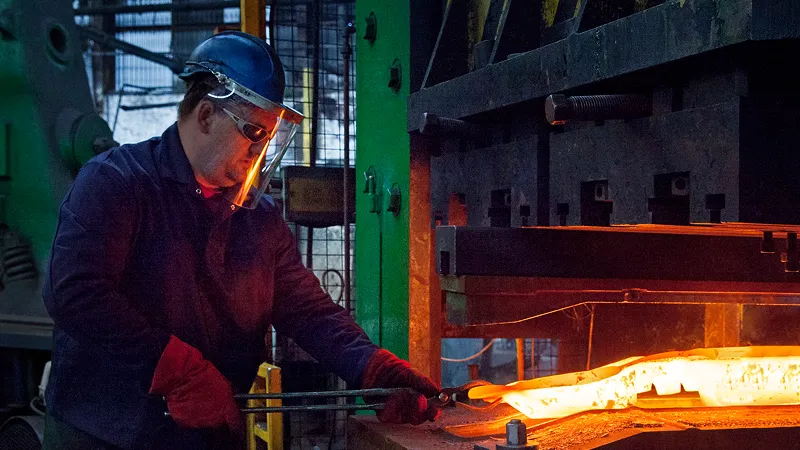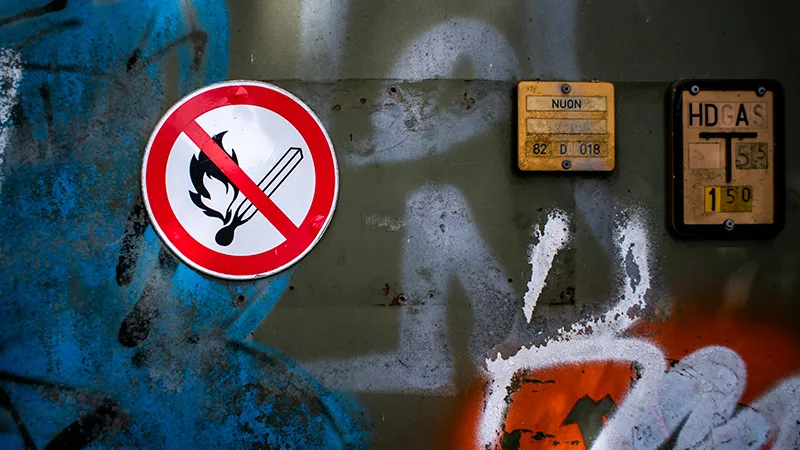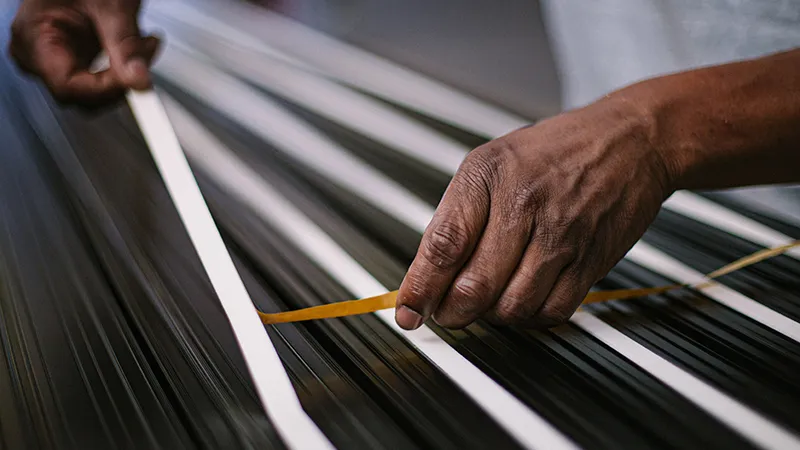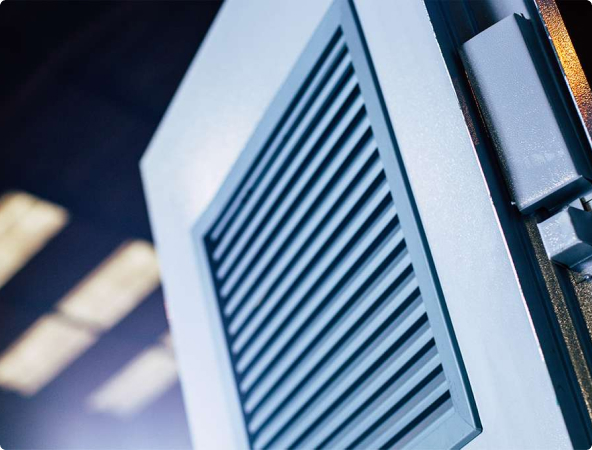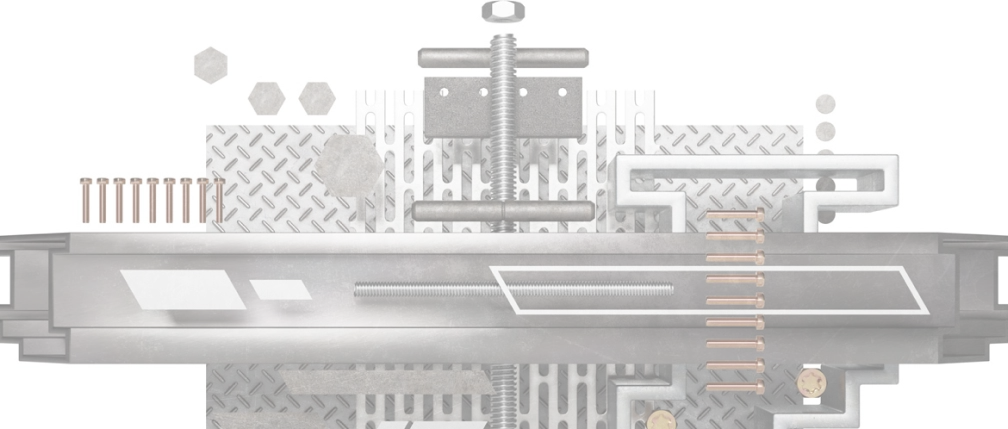Both galvanized and stainless steel are incredibly strong metals with high durability and corrosion resistance, but with so many similar benefits and uses, it can be difficult to tell them apart. In order to choose the security door that best suits your premises, however, it’s important to know the details of how they differ as well as how they are similar.
Galvanized Steel
Galvanized steel has a zinc coating which halts the rusting process for the underlying steel by corroding first. Though a thorough preventative method, adding molten zinc does not halt the rusting process completely and it is possible for this layer to begin to corrode after a time, revealing the underlying metal. For this reason, galvanized steel is often utilized as a product material where aesthetics are less of a concern, such as automotive components, metal cabinetry, traffic signs, and steel high security doors.
How is Galvanised Steel Made?
The galvanization process begins with sheets, coils, or fabricated components of stainless steel. The metal surfaces are cleaned to get rid of any dirt, oil, and the outer oxide layer. Next, the steel is given heat treatment, typically via Hot-Dip Galvanizing, the most common method. Clean steel is dipped into a bath of molten zinc where a metallurgical reaction occurs. During this reaction, iron and zinc bond to create zinc-iron alloy layers topped with pure zinc. As a result, the heat treated steel is topped with a tough, corrosion resistant coating which is metallurgically bonded.
The Galvanised Steel Security Door
Unlike plain steel, galvanized steel security doors do not require regular painting or rust-proofing with a protective layer and can withstand years outdoors with minimal upkeep. This is ideal for those who have significant time constraints or who may lack the resources to continually perform maintenance work. Another key benefit of the galvanized steel security door is its lower price tag when compared with stainless steel. This makes it an economical choice for homeowners and businesses in search of robust security without the high cost.
Stainless Steel
What makes stainless steel different from its galvanized relative are the literal elements it is composed of. Stainless steel components include iron, nickel, carbon, and chromium. The latter reacts with oxygen in the surrounding air to form a thin, invisible film of chromium oxide on the surface. This extra layer forms the ‘stainless’ component of stainless steel as it prevents rusting and makes it highly corrosion resistant. Types of stainless steel include:
Austenitic Stainless Steel For Medical Use
As well as being corrosion-resistant, this is a non-magnetic type. Austenitic stainless steel components consist of high levels of chromium and nickel, and it is commonly used in kitchenware, medical tools, and marine equipment.
Economical Ferritic Stainless Steel
More affordable than austenitic stainless steel, ferritic stainless steel comes with more moderate levels of corrosion resistance and lower levels of nickel. It is useful for automotive trim and various appliances.
Impact Resistant Martensitic Stainless Steel
Martensitic’s strength and toughness means it can be used for knives and tools. It also has aerospace applications, being useful for turbine blade construction. With higher levels of carbon but lower chromium than austentic and ferritic stainless steel, martensitic is less corrosion resistant but remains durable.
Impact Resistant Duplex Stainless Steel
Composed of around 50% ferrite and 50% austenite, duplex stainless steel has very high levels of impact resistance. With extra strength from the ferrite and toughness from the austenite, this type is able to retain its toughness in aggressive environments such as at sub-zero temperatures. It is used in oil and gas as well as for chemical processing.
How Stainless Steel is Made
Stainless steel is produced by melting raw materials together in a furnace, where the mixture is heated at high temperatures to approximately 2,700–2,900 °F until fully melted. The molten steel is then refined to maintain the structural integrity of its chemical composition, removing impurities like carbon, sulfur, and phosphorus. Once refined, the steel is then cast into semi finished shapes such as slabs for sheets or strips or blooms for structural steel shapes. When every process has been completed, the stainless steel is finished depending on the end use. This can be via polishing, brushing, or coating for extra corrosion resistance.
The Stainless Steel Security Door
The properties of stainless steel make it an ideal choice for a security door. For one thing, the base metal is a better option for fire safety, being able to better maintain its strength at higher temperatures compared with galvanized steel, which offers a limited level of fire resistance. Its manufacturing processes enable stainless steel security door or fire doors to hold their own for decades with minimal maintenance. It is resistant to cracking, warping, and pitting corrosion. Its low maintenance needs also extends to its exterior; unlike galvanized steel or wood, stainless steel security doors do not require frequent repainting or recoating. A mere wipe down will be enough to maintain its clean and polished appearance.
Many of our high security doors, including our Double Steel Security Door, come with stainless steel handles in addition to a full weather seal and multi-point locking system. We also supply brushed stainless steel lever handles whose aesthetic appeal can give security doors great versatility in terms of design.
Whether they are manufactured using galvanized or stainless steel, our security doors and accompanying hardware are invaluable purchases with their wide-ranging functionality. Whether you are most concerned with impact resistance, better corrosion resistance, or service life, we have the doors and accessories to suit your needs.
To find out more about our products and what we offer, contact a member of our friendly team today.
